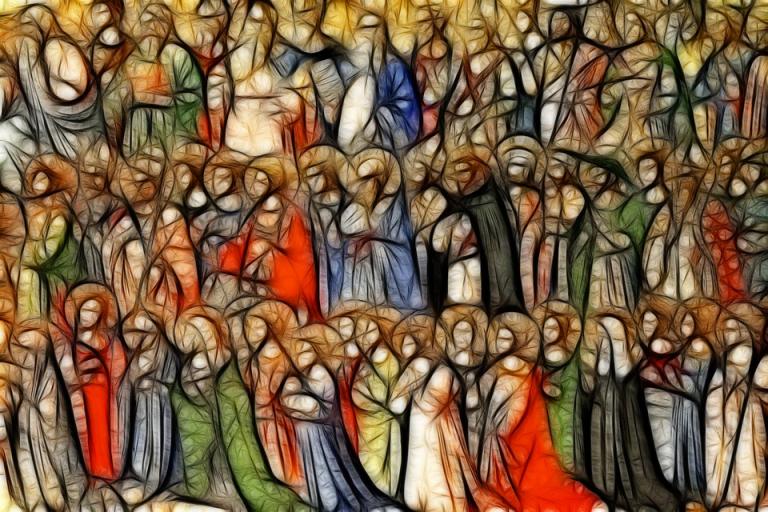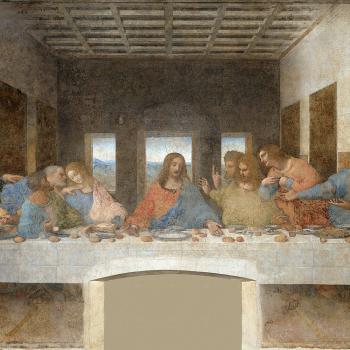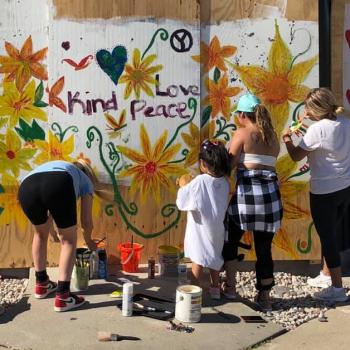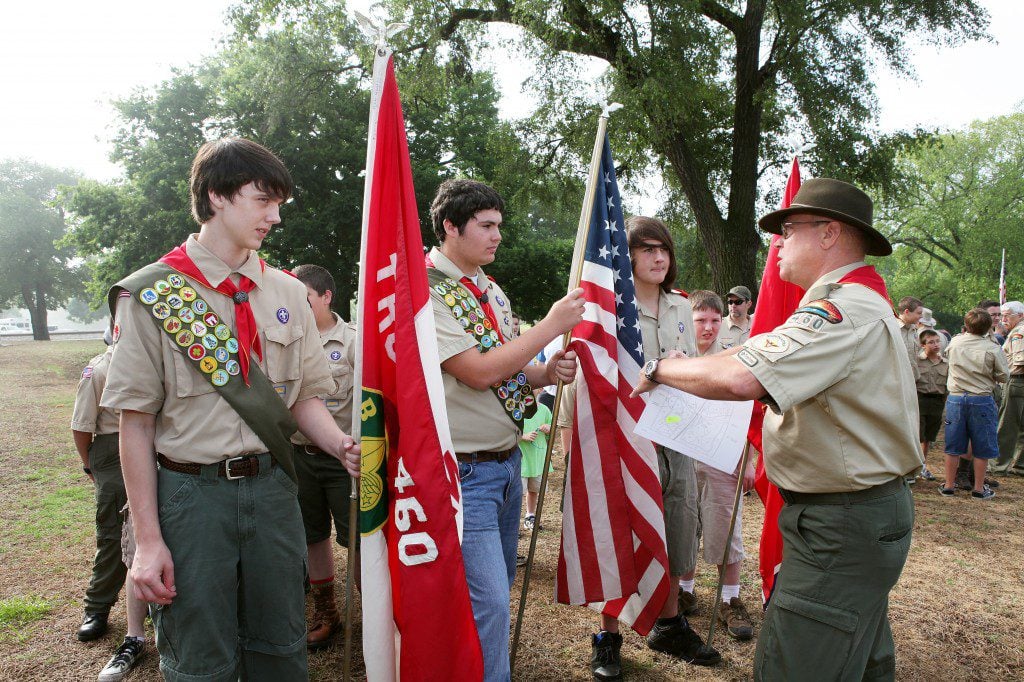
So I just finished Tim Carney’s Alienated America, and have a few rambly thoughts.
To begin with, it’s very good. Here’s the book in a nutshell:
When you look at the localities which supported Trump in the primaries, and which continue to be his core supporters now, they’re not the evangelicals which gave him their votes in the general election — they were faced with the binary choice of Trump vs. Clinton, which really was a choice between a professed pro-life candidate who would appoint originalist Supreme Court justices vs. a candidate with no limit to the extent of her support for abortion rights. Instead, his supporters were actually less likely to be religious, and in particular, less likely to be affiliated with religious institutions (though they might well profess that God/religion was “important” to them in a vaguer sort of way) than supporters of other candidates. What’s more, when those Trump supporters expressed that “the American dream is dead,” or found Trump’s message to that effect persuasive, it was because, in their experience, that was true — and not because of their personal financial situation, but because they lived in communities which had, well, lost their community-ness, and because having community ties is actually essential to “living the American dream” and overall well-being (e.g., social capital).
In contrast, in places like uber-wealthy Chevy Chase or uber-Dutch towns in Michigan and Iowa, voters chose otherwise; both these areas had in common strong community ties, though it the former case it’s through swim clubs and book clubs and children’s sports teams and in the latter, it’s through churches. Likewise, among immigrant groups, however much they may be struggling, as long as they are connected through their religious communities (whether churches of compatriots, or mosques or synagogues), they still have a sense of American dream-ness. But outside wealthy communities, it is the church/house of worship which is the key source of community-building, and the decline of churches and religious affiliation (which, contrary to stereotypes, is actually occurring more generally among the working class than the upper class) is hitting these communities hard. What’s more, when working class folk have no source of community identification, or even a sense of ethnic identification, they’re more prone to see their primary identification with their race, that is, being “white.”
Carney’s prescriptions: well, given that the issue is the loss of community institutions, his prescription is not some sort of big government program. The role of the government is, at best, to stay out of the way to a greater degree than it has done in the past. Instead, he calls on readers to take steps as individuals to help develop community institutions where they live (though, let’s face it, Carney’s readers most likely live in areas where community institutions are doing just fine).
And I’ve been mulling over his book, and his ideas have been sitting in a draft ever since I first came across them in the various articles which previewed the book, such as this one at The American Conservative.
Heck, I actually purchased the book, rather than just waiting for it to come off hold at the library. (Conveniently, my husband’s workplace is a short drive from one of the few indepedent bookstores in the area, so I didn’t even need to buy it from Amazon (or Barnes and Noble, which is the only other alternative, and there are fewer and fewer such outlets around here).
And there are two directions to my train of thought.
The first is personal:
Last weekend, while I was at the Scout outing, the school my son attends, my parish’s parochial school, had its annual gala. Now, I’m not a big fan of auctions, especially when it comes to the solicitation of donations where prospective donors are asked to just go out to the store and make a purchase at retail price. Maybe the atmosphere of the gala, and the open bar and the general having-a-fun-time atmosphere means that people are willing to bid over and above what they know to be the retail price. Maybe it’s important to the overall long-term success of the event to have enough “stuff” available to bid on.
But that’s neither here nor there.
What did bug me over the past week was all the social media sharing of everyone smiling, groups of 10 or 20 women in their shimmery evening gowns. My husband and I went a couple times, and it just wasn’t for us; too much time spent trying to find shoes and a dress that worked for me and in any case, I’m just not the sort of person with dozens of friends to talk to there.
So reading over the past week about the importance of community connections was challenging for me as an introvert. And at the same time, given that the way our church “does community” is with a lot of cliques, I wish there was a better way.
But my second line of thinking is more historical/cross-cultural. It goes like this:
There are a lot of authors whose overall approach to the “rise of the nones” in the United States is that the U.S. is just catching up to Europe. Secularism is just an inevitable outcome of modernity and the U.S., once an outlier in this regard, is simply no longer an outlier, in the same way as we are no longer an outlier with respect to birth rates.
I don’t buy that.
My working hypothesis is different: we may appear superficially to be on the same path as Europe, but “secularism” is not a uniform monolitic form of society, and the path we as a country are taking is really a quite different one. In the United States, the “rise of the nones” has a lot more to do with the decline of social institutions, and churches in America, as Carney so profoundly observes, function (or functioned) as social institutions to a much greater degree than in Europe. In the United States, churchgoing had as much to do with simply being a part of the churchgoing community as it did with expressing a belief or finding great meaning in Sunday services.
In Europe, in contrast — or, rather, in Germany, since that’s what I know at least a bit of something about, community life is not centered around churches, and, it seems to me, never was. Sure, back in the day, people went to church. But communities had Vereins — the Turn und Sport Verein offered, and offers the equivalent of what American park districts have, plus the team sports of high schools, and fitness classes for adults; a Blaskapelle for music, others for preserving local culture. My hunch, at least, is that European towns could lose their religious practice without it affecting community life because whatever element of community life that was connected up with church (maybe a religious procession, for example) was only a small part.
Now, that being said, I don’t have a sense of how strong (or weak) community ties in 2019 Germany, say, are. And I haven’t really dug that deeply into the story behind the collapse of religious belief, except that I have the impression that the devastation of World War II played a role.
But in the United States, two things happened.
In the first place, yes, many of the early immigrants had religious motivations, but that was really only a small piece of the history of American immigration. Outside of the Puritians, most immigrants were just coming to seek their fortune. I’m kind of just guessing a bit here, but I would presume that those immigrants were not necessarily disproportionately religious, and one can imagine that actually being comparatively more religious leads one to stay at home, where you’ll have the certainty of being able to practice your religion. But at the same time, the need to reconstruct institutions upon arriving here lent itself to the church becoming the primary social institution and the primary way that its members accessed social capital.
At the same time, you had these multiple cycles of revival. The First Great Awakening, the Second Great Awakening, the church tent revivals — I’ve even read statements that the rise of born-again Christianity in the 80s was a Third Great Awakening. Did these periods of revival exist in Europe? I have the feeling that revivalism is a part of “American exceptionalism” — and, heck, a lot of the Wokism that’s going on among young people now has the characteristics of revivalism, doesn’t it?
But in any event, if what caused the decline in religious affiliation in America is really the decline of church as a community institution, then that means that America is still “exceptional” and is still following a different path than Europe. It doesn’t necessarily mean that we can shrug off the implications of none-ism; in fact, it means that we cannot use the model of Europe and say, “they abandoned religion and seem to be doing just fine.”
Consider the Benedict Option. Yes, I have yet to read the book and only know its general outline, that is, I understand that its general premise is that a smaller church which is still a church holding to its beliefs is better than trying to preserve an institution with larger number of members at the cost of abandoning its theology for a Spong-like message of “church as community engaged in humanitarianism,” a sort of Reform (or Reconstructionist) Judaism-like version of Christianity. And maybe this is true, but I’m not so comfortable with abandoning the idea of the church as a form of community (which, incidentally, the evangelical/mega-churches do much better than Catholic churches these days, with their Small Groups and support groups of all stripes), given that the church as sponsor of community life is probably the best hope of such, especially to the extent that, depending on the particulars of a given church community, it offers, to a greater degree than Carney’s Chevy Chase swim clubs, some hope of inclusion of all social classes, depending on how economically integrated or segregated the wider area is, and from how wide an area that church draws its membership.












